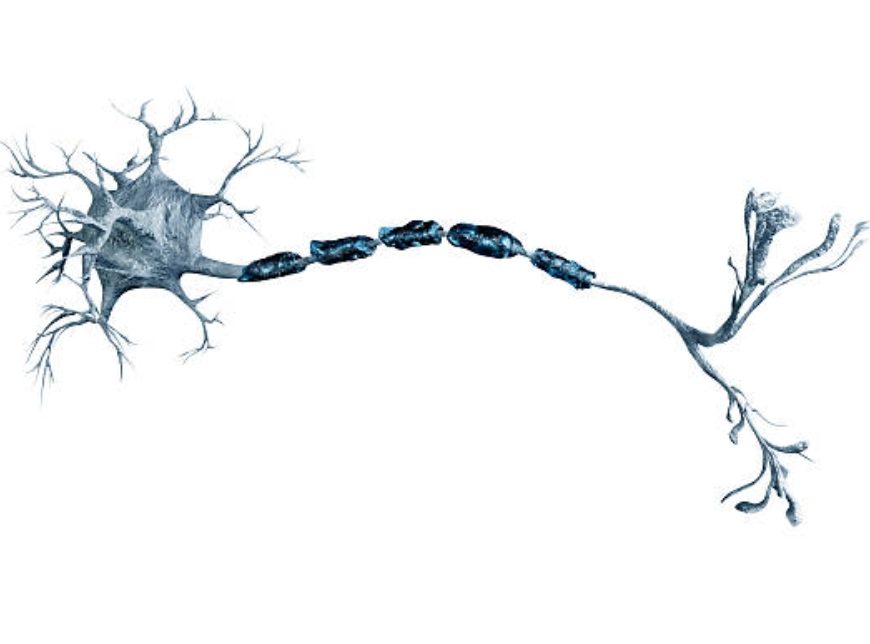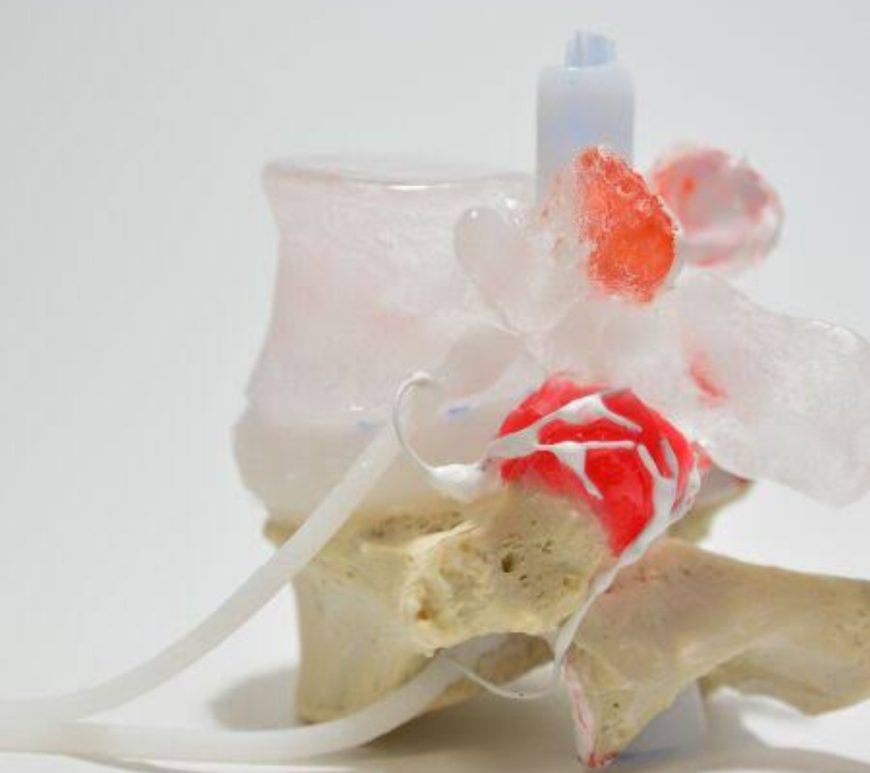Straight Leg Raise Test 3
Straight Leg Raise Test 3 – Sural Nerve Bias Purpose of Straight Leg Raise Test 3 – Sural Nerve Bias: To test if a modified straight leg raise test with a bias towards the sural nerve assists in the differential diagnosis of sural nerve pathology in people with neurologic symptoms associated with radiculopathy (1). Patient position: Supine lying. Examiner position: Standing beside the patient, at … Continue reading Straight Leg Raise Test 3

